If you want to understand America, its Christmas movies offer an insightful entry point. These films transcend seasonal entertainment, serving as cultural time capsules that capture the spirit and anxieties of their milieu. Perhaps no two films better offer a snapshot of the contrasting moods of their time than White Christmas (1954) and Black Christmas (1974), made just 20 years apart.
These films illustrate the transformation of America’s psyche, from postwar optimism to post-Watergate disillusionment. One is a warm, technicolor celebration of unity and shared purpose. The other is a bleak, suspenseful portrait of a fractured society where trust has evaporated and danger lurks in the shadows. Best seen as a double feature, they underscore two poles of American society—its capacity for hope and its susceptibility to fear—offering a lens through which to understand the tensions of today and perhaps even a roadmap toward something better.
In 1954, America was basking in postwar prosperity. President Eisenhower brought stability to the White House, the economy was booming, suburbs were sprawling outward like dandelions, “Sh-Boom” by The Crew Cuts was lighting up jukeboxes across the country, and millions of Americans were tuning in each night to watch Lucille Ball’s antics and the adventures of Roy Rogers. Michael Curtiz's White Christmas would emerge from this idyllic context as a defining work of its time, radiating the optimism that characterized mid-century America. Even its title was an exercise in nostalgia, born out of the iconic Irving Berlin song that Bing Crosby turned into the best-selling record 12 years earlier.
Starring Crosby, Danny Kaye, Vera-Ellen, and Rosemary Clooney (who had a hit song at the time of the film’s release) the movie was a vibrant musical extravaganza and the highest-grossing film of the year. Its saccharine but effective plot—two entertainers rally their former wartime commander’s troops to save his struggling Vermont inn—was fitting for an era with a beloved general at 1600 Pennsylvania Avenue. The story brims with loyalty, gratitude, and collective responsibility, values central to the 1950s ethos.
Critics were generally favorable, though not universally impressed. Kate Cameron of the New York Daily News praised White Christmas as “first-class entertainment” with “tuneful Berlin numbers” and “delightful dancing.” On the other hand, Bosley Crowther of the New York Times dismissed it as lacking emotional depth, lamenting that while the visuals were “rich and luminous,” the humor and music “failed to hit the eardrums and the funnybone with equal force.” As for me, I find it incredibly charming. The sincerity of the story more than compensates for its artificial soundstage sets. It feels like a sweet Saturday morning with grandpa—comforting, nostalgic, and familiar, with a few tall tales sprinkled here and there for charm. It’s the kind of movie you gladly return to once a year with your family to savor its heartfelt sentimentality.
Yet behind White Christmas’ glossy exterior, America was navigating profound social and geopolitical tensions. It’s no secret that the nation grappled with profound racial inequality at the time. The same year the film was released, the Supreme Court’s Brown v. Board of Education decision struck down segregation in public schools, marking a pivotal moment in the civil rights movement. The country was also entering a new era of global confrontation with the Soviet Union, while at home, cultural and economic shifts were beginning to unsettle long-standing norms. Women were increasingly entering the workforce, and in less than two years, a young man from Tupelo would stride onto The Ed Sullivan Show, igniting a rock n’ roll revolution that sent PTA boards across the country into full-blown conniptions. Aside from occasional glimpses of simmering tensions—seen in films like James Dean’s East of Eden and Rebel Without a Cause—Tinseltown’s confections reflected the steady hum of the fabulous 50s.
Fast forward to 1974 and the snow globe of postwar America had shattered. The Kennedy assassinations, Vietnam, and Watergate had eroded national trust in key institutions, leaving a scarred and skeptical society. Meanwhile, Hollywood was undergoing its own transformation. The moralistic censorship of the Hays Code was gone, and the New Hollywood movement—kicked off by Bonnie and Clyde (1967) and marked by films like Easy Rider (1969) and Five Easy Pieces (1970)—was ushering in what is, for my money, the best era in filmmaking. Filmmakers were pushing boundaries, exploring darker, more complex themes, and reflecting the uncertainties of the times.
Bob Clark’s Black Christmas embodies this shift. Set in a sorority house during Christmas break, it follows a group of women terrorized by a faceless killer making obscene phone calls. The police are inept, the community indifferent, and the women are left to fend for themselves. The film’s chilling twist—that the killer has been hiding in the attic the whole time—feels like a metaphor for the era’s anxieties. The danger isn’t some outside force; it’s lurking within.
Released just a few months after Nixon’s resignation, Black Christmas tapped into the pervasive sense of cultural paranoia that characterized contemporary works like The Conversation (1974), The Parallax View (1974), and Three Days of the Condor (1975). Soaring homicide rates and political scandals had eroded the comforting certainties of the 1950s. That same year, Death Wish laid bare the anxieties surrounding urban crime—an anxiety Clark masterfully channels in Black Christmas. His film reflects a world where the sanctity of home and community is no longer assured, capturing the broader disillusionment of the 1970s.
The contrast between White Christmas and Black Christmas is stark—and not just tonally. The former portrays a world of tidy resolutions, where collective action solves problems and goodwill triumphs. The latter offers no such comforts—the wrong man is killed, the faceless killer remains at large, and our “final girl” is left in a house that is anything but safe, her fate disturbingly uncertain.
While White Christmas reflects its era’s cultural blind spots, overlooking the injustices of its time to offer a vision of unity that, while inspiring, was largely aspirational even then, Black Christmas takes a different approach. It confronts the tensions of the 1970s head-on and with nuance. While it indirectly acknowledges the significance of the previous year’s Roe v. Wade's decision, it also underscores that the real enemies of women aren’t pro-life men they find annoying but who are, at least in the film, ultimately harmless. Clark, who in 1983 went to make A Christmas Story, points to something far darker lurking in the attics of our minds: profound societal threats that manifest themselves as misogyny and our self-defeating tendency to scapegoat political foes.
What’s remarkable is how these films continue to resonate in their own ways—one as a reassuring trip down memory lane, the other through its themes of mistrust and isolation. The existence of such contrasting Christmas films says something about the audiences at the time. White Christmas emerged in an America that was seeking harmony, even if its vision was largely idealized. Black Christmas, by contrast, is the work of a 35-year-old director whose generation was warning us that the very foundations of safety and stability we took for granted were unsound, exposing cracks in the pillars of a once-reassuring world.
This dichotomy persists today, albeit with fewer cinematic touchstones. Holiday films have largely retreated to the realms of nostalgic rom-coms and cynical cash grabs. Last year’s The Holdovers offered a rare, bittersweet take on the genre, but this year’s notable holiday release? Netflix’s Carry On, an action-packed B-movie thriller unfolding in the chaos of the holiday rush at LAX. The shift from heartfelt community tales to high-octane thrillers reflects our current preference for escapism over reflection. Perhaps it also says something that studios have largely abandoned the holiday genre altogether, leaving it to the Hallmark Channels of the world to churn out Romance in the Rockies with Santa and Jesus Part IV. After all, who wants to watch families gather around the table to check their notifications?
We don’t need to ask Americans whether they feel 2024 aligns more closely with White Christmas or Black Christmas—the answer is obvious. But there’s also more to the story. Even in darker times, we continue to aspire. We crave the Golden Age glow of White Christmas, and that longing reveals something hopeful about us: we still believe in the possibility of something better, even if the path forward feels uncertain.
Like the cops and sorority girls in Black Christmas, we often misdiagnose the sources of our unease, mistaking symptoms for causes. Yet our enduring desire for joy, unity, and peace speaks volumes about our character. Like the Christmas season itself, our country is—at its core—profoundly beautiful, albeit imperfect and sometimes even a cause for melancholy. As we celebrate this holiday season, these films remind us that the true spirit of Christmas—and the soul of America—resides in our ability to hold these contradictions together, to see the brokenness of the present yet still dream of a brighter tomorrow.
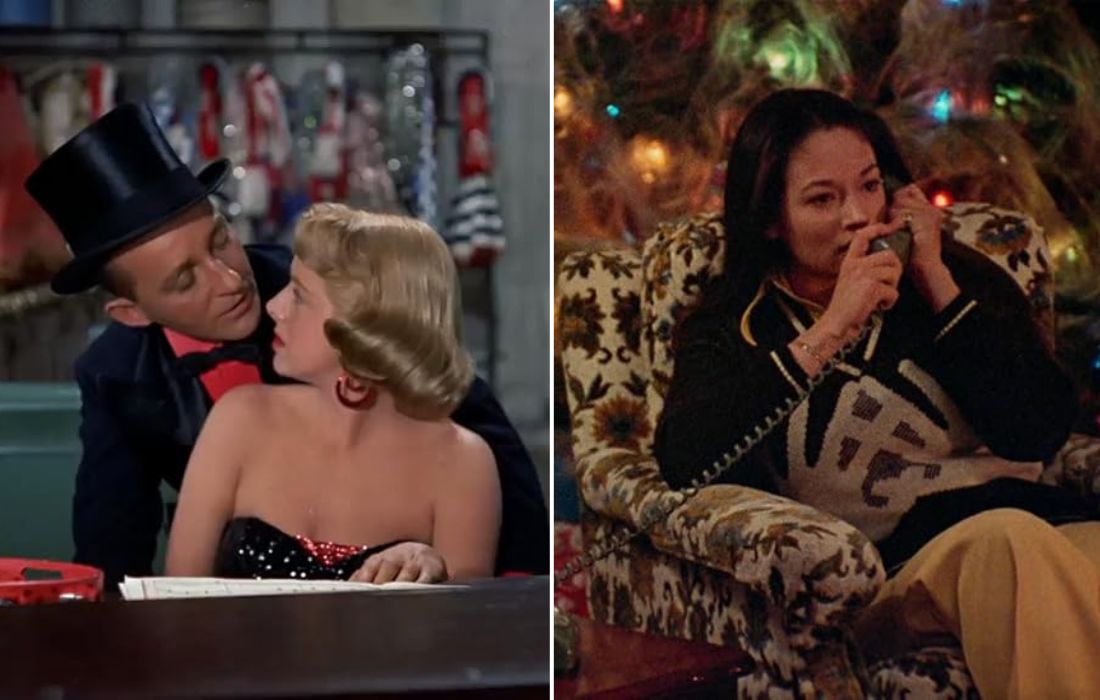
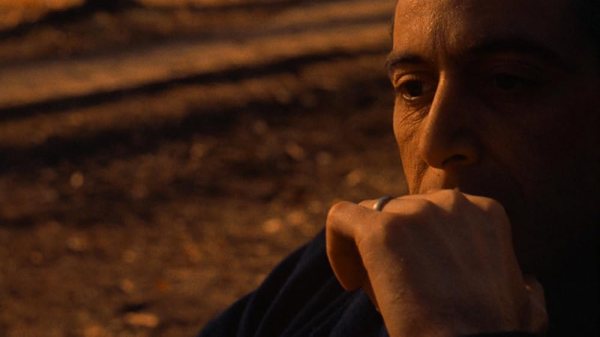
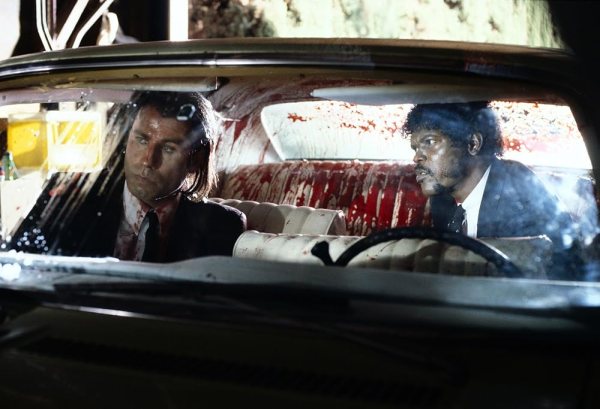
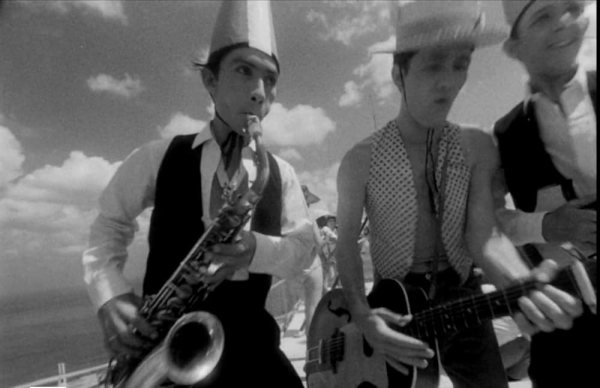

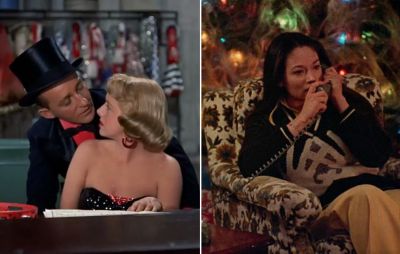
Please note that we at The Dispatch hold ourselves, our work, and our commenters to a higher standard than other places on the internet. We welcome comments that foster genuine debate or discussion—including comments critical of us or our work—but responses that include ad hominem attacks on fellow Dispatch members or are intended to stoke fear and anger may be moderated.
With your membership, you only have the ability to comment on The Morning Dispatch articles. Consider upgrading to join the conversation everywhere.